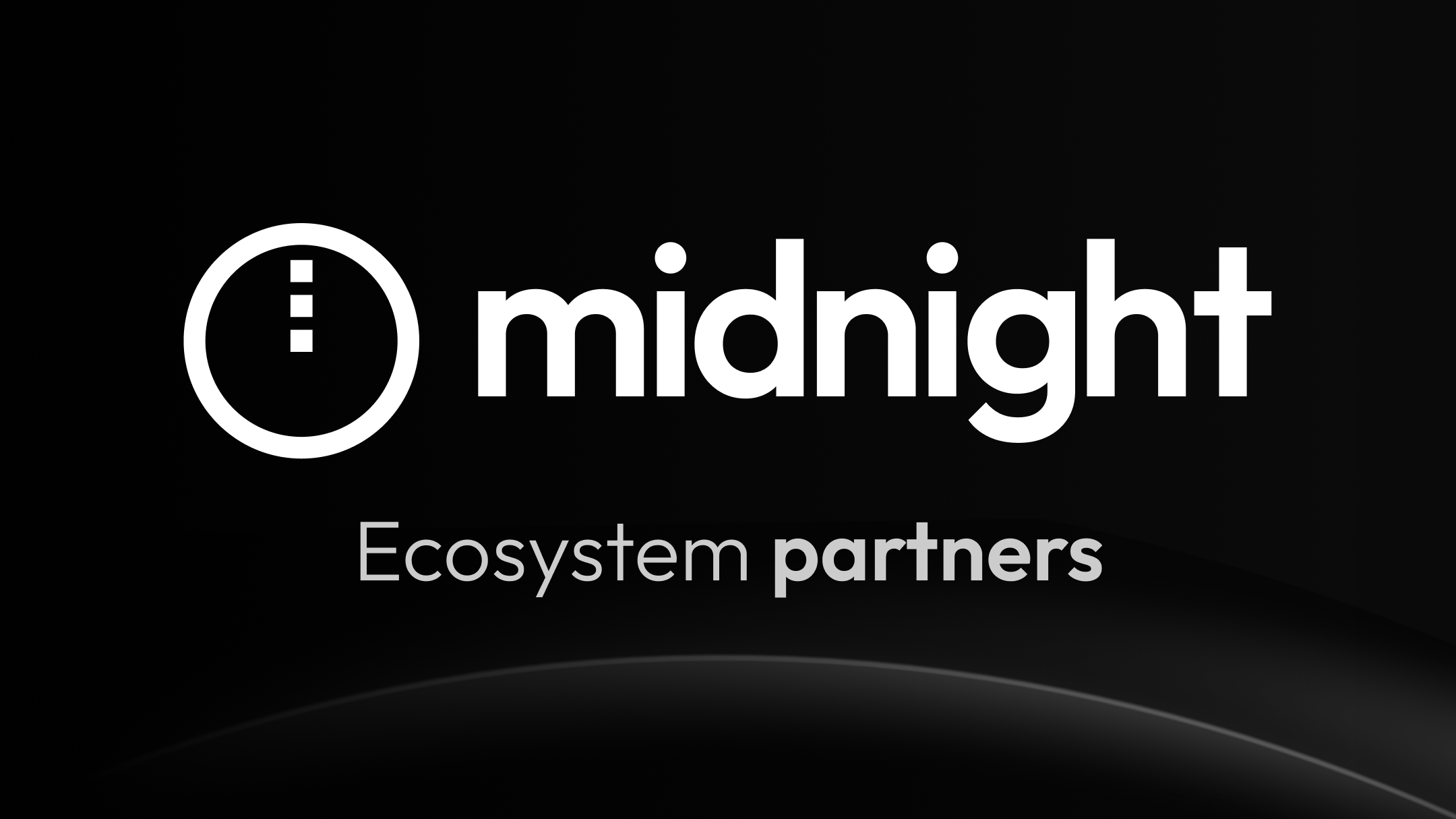
Cardano, Midnight and the Privacy Revolution
In the shifting landscape of blockchain, few projects carry the quiet confidence and long-term vision that Cardano does. While much of the industry chases short-term hype, Cardano has steadily built an ecosystem rooted in peer-reviewed research, rigorous engineering, and an unwavering commitment to decentralization. Now, with the emergence of Midnight, Cardano is preparing to add a dimension that could redefine its role in Web3: privacy at scale, with regulatory awareness baked in.
Why Midnight Matters
Midnight is not just another sidechain—it is positioned as Cardano’s data-protection backbone, designed to bring confidential smart contracts to life. Where other blockchains are fully transparent—leaving transaction details, contract logic, and user data exposed—Midnight integrates zero-knowledge cryptography to shield sensitive information.
This design addresses two of the biggest barriers to blockchain adoption:
-
Privacy for individuals and enterprises: Protecting identity, intellectual property, and financial data.
-
Regulatory alignment: Enabling compliance without sacrificing decentralization.
In practice, this means that a business could deploy on Midnight while remaining confident that critical data stays protected, yet auditable under the right circumstances. For individuals, it means participating in decentralized finance and digital life without giving up control over personal information.
It is this careful balance—confidentiality without chaos, compliance without compromise—that gives Midnight the aura of a potential “killer project” within Cardano’s expanding ecosystem.
Airdrop: The Signal of Community First
Cardano’s ethos has always centered on decentralization and fairness. In line with that, Midnight’s launch is accompanied by a token airdrop for ADA holders. Unlike many projects that funnel early access to venture capital and insiders, Midnight is choosing to reward the people who have been the backbone of Cardano all along: its community.
This isn’t just a marketing move. It’s a philosophical statement. By seeding its token directly to ADA holders, Midnight ensures that its economic base is as decentralized as its technical foundation. Early adopters and long-time believers in Cardano are given direct exposure to the growth of its most ambitious sidechain to date.
Some have called this a once-in-a-lifetime airdrop. That’s not hyperbole. The combination of Midnight’s technical vision, Cardano’s scale, and the rarity of privacy-focused platforms in Web3 makes this distribution unlike the countless “free tokens” that flood the market. This is not an airdrop for hype—it is an airdrop to anchor a new era of Cardano’s ecosystem.
The Bigger Picture
Midnight represents more than just another token. It is a bold answer to a global question: how can blockchain technology scale to mainstream adoption without sacrificing the rights and protections of its users?
If successful, Midnight could place Cardano at the heart of a privacy-compliant Web3 infrastructure, rivaling not only privacy coins like Monero or Zcash, but also corporate solutions that have struggled to merge transparency with confidentiality. It could be the bridge between institutional adoption and grassroots decentralization.
And in a space that often runs on speculation, Midnight stands out for being built on Cardano’s trademark foundation: first principles, academic rigor, and long-term vision.
Closing thoughts
Cardano has always been a slow burn—a project unafraid of taking its time to get things right. With Midnight, that patience may be about to pay off in a dramatic way. For the community, the airdrop is more than free tokens; it is a stake in the future of a blockchain poised to define what privacy in Web3 can truly mean.
In an industry where trends come and go, Midnight feels less like the next fad and more like the beginning of a chapter. A chapter where Cardano doesn’t just participate in the blockchain race—it sets the standard for what comes next.